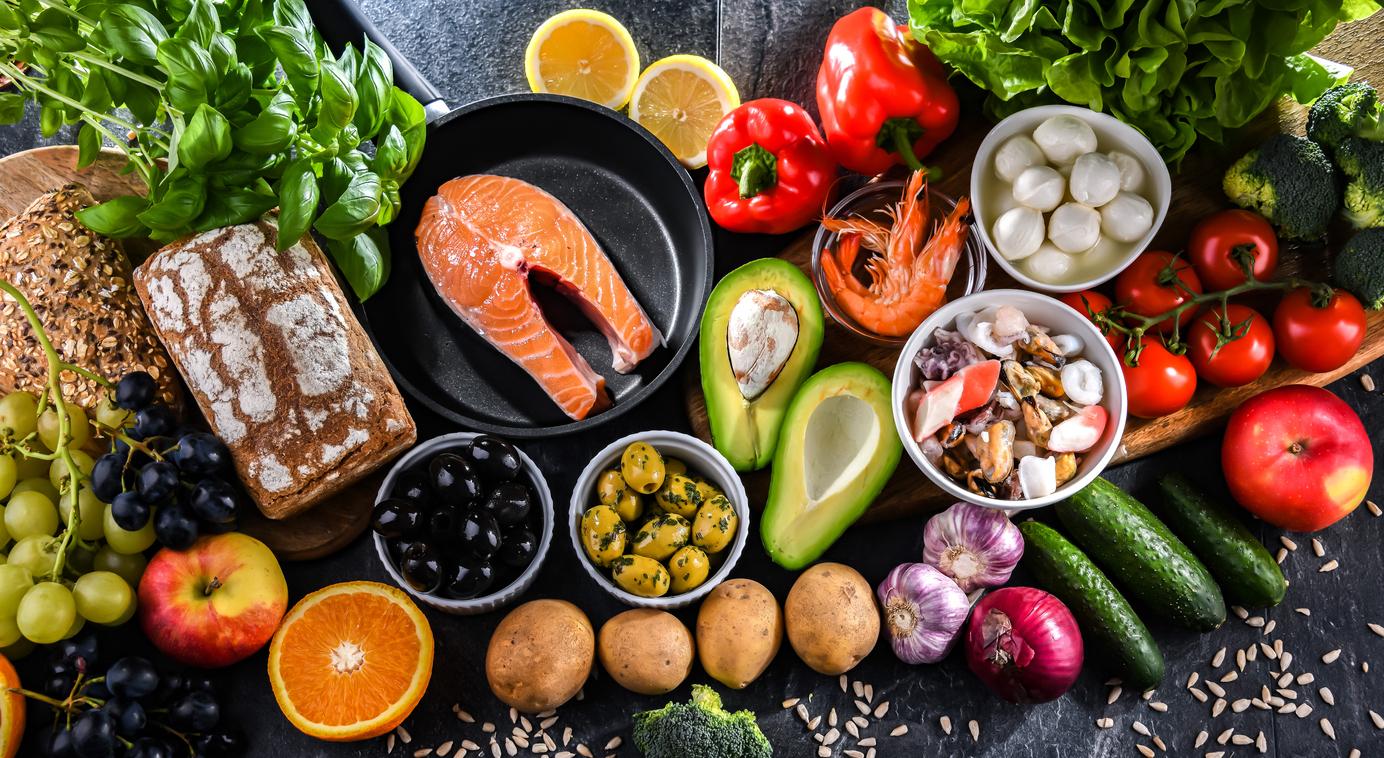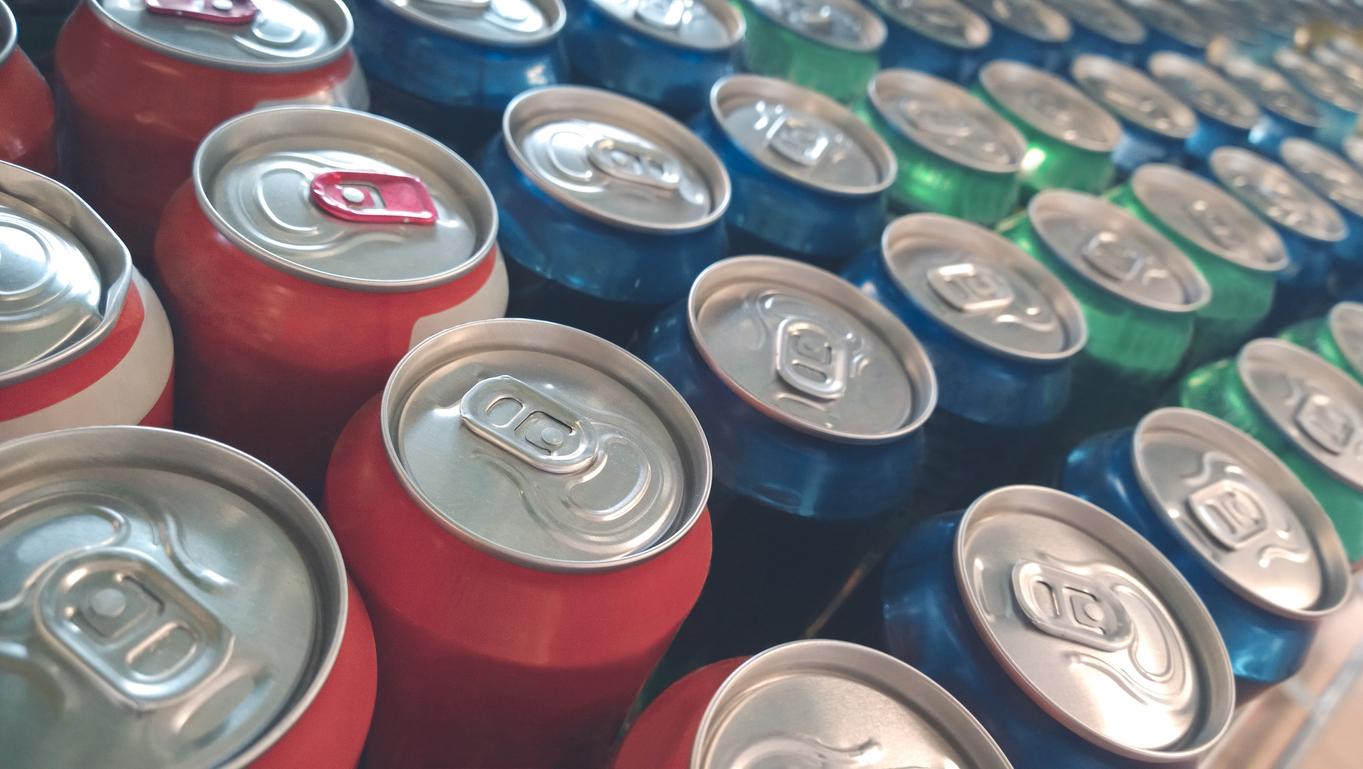
BOSTON (PasseportSanté.net) September 29, 2009 – When you drink or eat food, you are the penultimate step in a long process that generates greenhouse gases and therefore contributes to global warming. This is called the carbon footprint. Some grocery chains are starting to display it on their products.
 This is what Nigel Melican, international consultant in tea cultivation and processing said.1, and speaker at the World Tea Expo2. “The Tesco grocery chain, mainly present in Great Britain and Asia, already displays the carbon footprint of several of its house brand products,” he said.
This is what Nigel Melican, international consultant in tea cultivation and processing said.1, and speaker at the World Tea Expo2. “The Tesco grocery chain, mainly present in Great Britain and Asia, already displays the carbon footprint of several of its house brand products,” he said.
 The carbon footprint of a product or food is the measure of its impact on global warming: we calculate the total greenhouse gas emissions it generates (carbon dioxide, methane, nitrous oxide). In the case of food, this impact is measured from the field to the landfill site. Everything goes there: cultivation, processing, packaging, distribution, consumption and disposal.
The carbon footprint of a product or food is the measure of its impact on global warming: we calculate the total greenhouse gas emissions it generates (carbon dioxide, methane, nitrous oxide). In the case of food, this impact is measured from the field to the landfill site. Everything goes there: cultivation, processing, packaging, distribution, consumption and disposal.
“Tesco has set out to calculate and display the carbon footprint of 5,000 food products by the end of 2009. These grocery stores are starting to open in the United States and Walmart is preparing to follow this trend,” he said. Nigel Melican continued. This tea specialist presented in detail the carbon footprint of a cup of this drink during his conference.
|
Carbon footprint and ecological footprint The carbon footprint, based on carbon dioxide emissions (CO2), measures only the impact on the climate, unlike the ecological footprint which takes into account other impacts on the environment (acid rain, desertification, for example). The ecological footprint measures the surface necessary for the production of resources consumed by an individual or a population, including the management of their waste. The carbon footprint is expressed in carbon equivalent, and the ecological footprint in surface equivalent (hectares). |
In the table below, tea has the lowest carbon footprint. Note that we do not have reliable information on the carbon footprint of coffee. “The coffee industry is so far not very transparent on this subject,” said Nigel Melican.
|
Carbon footprint of various drinks |
|
|
American beer |
374 g |
|
Refrigerated orange juice |
360 g |
|
Cow milk |
352 g |
|
Coca-Cola (glass bottle) |
272 g |
|
Coca-Cola (aluminum can) |
129 g |
|
Bottled water |
94 g |
|
Sri Lanka tea (loose leaf black tea) |
17 g |
Source: Nigel Melican, World Tea Expo, Boston, September 2009
If you find that a beer weighs heavily in the carbon footprint, know that that of a cheeseburger of McDonald’s is 3000 g.
|
To read other news from our coverage of the World Tea Expo: Discover the theanine in tea: relaxing and immunizing! The health benefits of tea, always in the spotlight! |
Françoise Ruby – PasseportSanté.net
1. Nigel Melican founded the Teacraft Company in 1990. www.teacraft.com.
2. The World Tea Expo is a trade fair for retailers and industry. The biggest event is held annually in Las Vegas and brings together hundreds of exhibitors and thousands of visitors. The Boston Expo was much smaller, but several lectures were presented there. www.worldteaexpo.com.
















